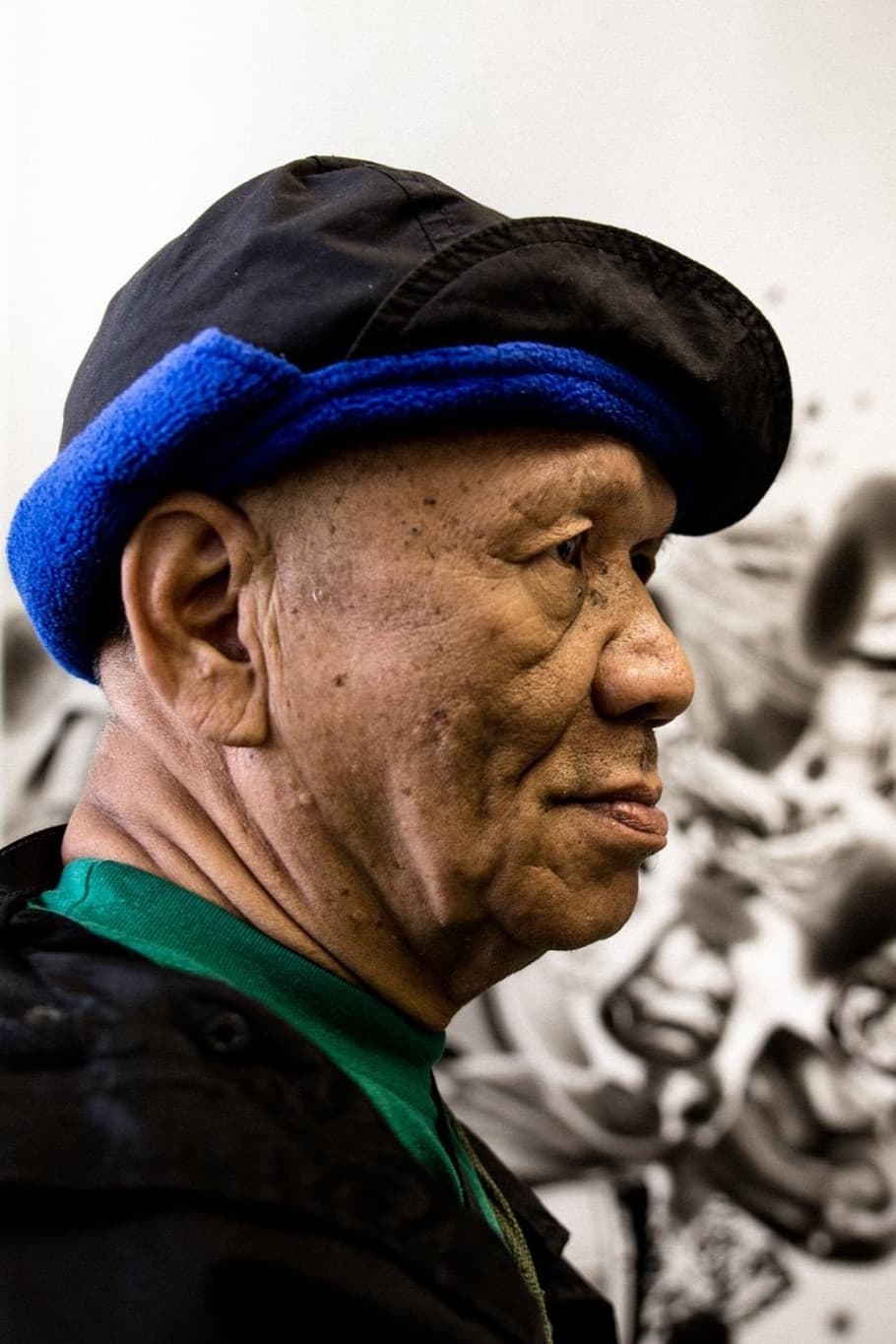
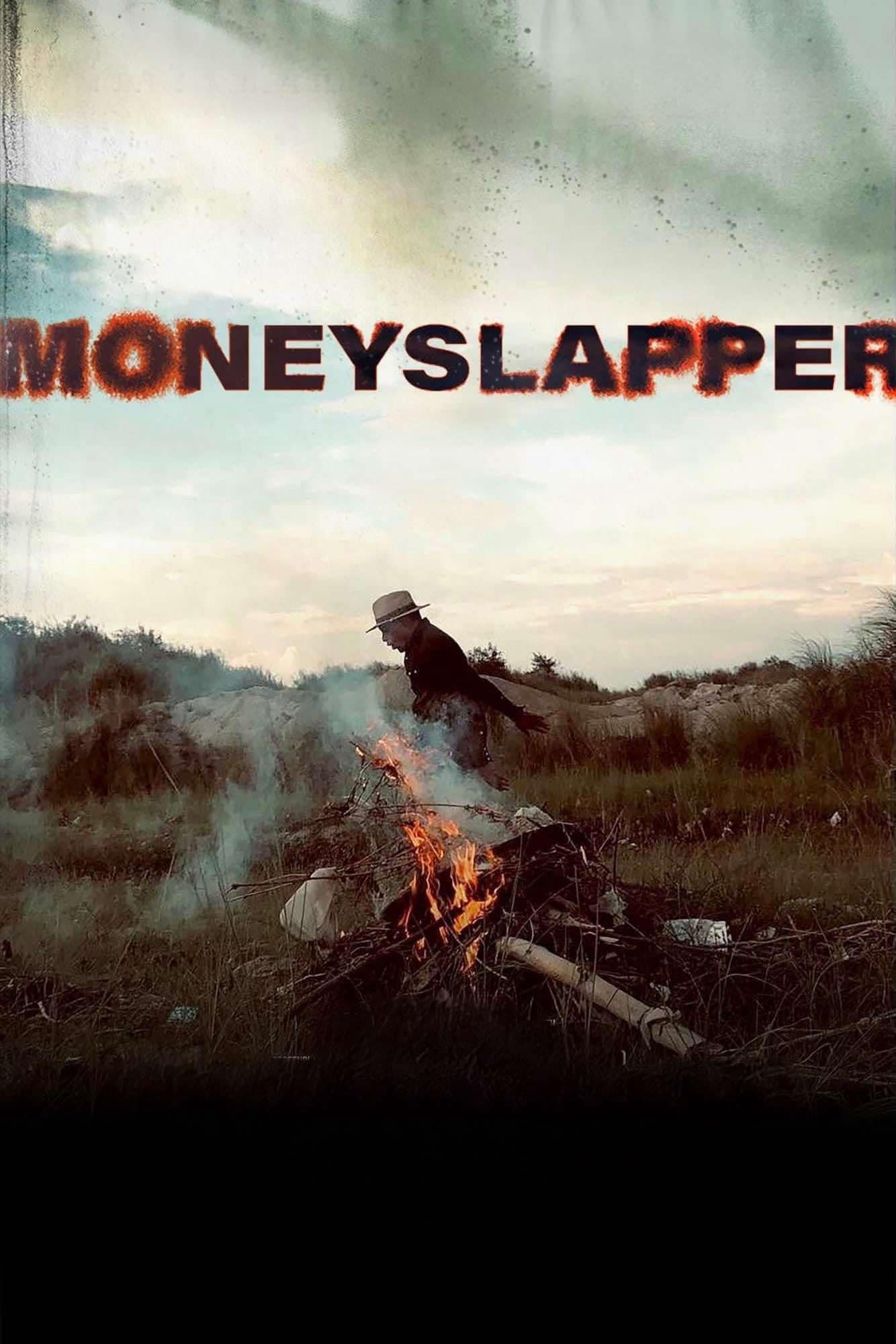
In dreary Porac Pampanga, a young man, Daniel, abandons his motherland after winning the biggest cash prize in the history of Philippine lottery. Five years later, he is searching for home and redemption through the people that make up his past. With each visit, his story unfolds like the last digit of a winning combination.

Synopsis: Dagohoy plays a flute near a river when disrupted by an ethereal voice and the tragic news of his brother's death. Desperate for a proper burial, he pleads with the reluctant Friar for blessing, leading to a disagreement and Dagohoy's injury. A kind villager found Dagohoy helplessly and tended his wound. Afterwards, a 'spirit' visited Dagohoy in his dream. The following day, they seek Tamblot, a male Babaylan and revolutionary leader, to further heal Dagohoy's wounds. While performing the ritual of renewal and baptizing the new resistance fighters, the Friar saw the traditional baptism. He disapproves and challenges Tamblot, leading to a fight. After some time, while still constantly visited by the 'spirit,' the revolutionaries prepare for a significant uprising led by Dagohoy. Their battle cry for justice signals the beginning of 85 years of revolution.
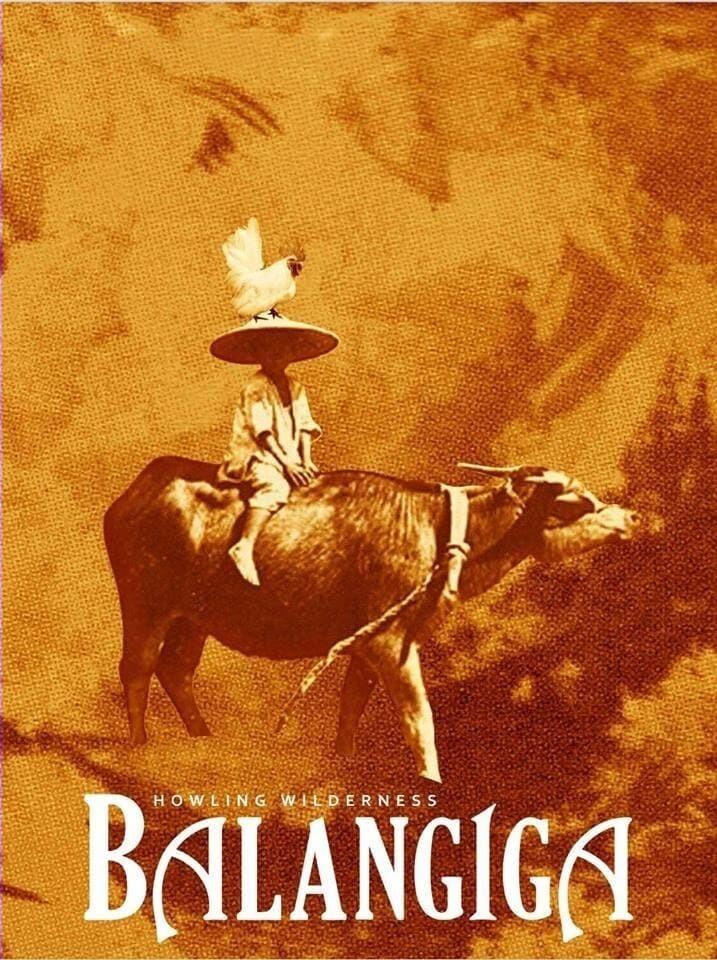
1901, Balangiga. Eight-year-old Kulas flees town with his grandfather and their carabao to escape General Smith's Kill & Burn order. He finds a toddler amid a sea of corpses and together, the two boys struggle to survive the American occupation.

The lives of a matriarch, her two sons, and her niece are never the same again as they come to terms with an indiscretion in the family. A pivotal decision is made and a downward spiral ensues wherein the outcome can be no less than earth-shattering.

Jingle Chordbook Magazine, first published in 1970, promptly taught a generation of Filipinos to play the guitar. Its story also explores how a small independent publication survived the weight of its time – the dark Martial Law years – and how it inspired the Filipino youth to think for themselves and wield the guitar like a weapon. The documentary “Jingle Lang Ang Pahina” tells the story of Jingle, its ragtag crew, and its loyal fans in a rambling, multi-layered narrative told in different voices and perspectives by the writers, artists, fans, collectors, musicians, freaks.
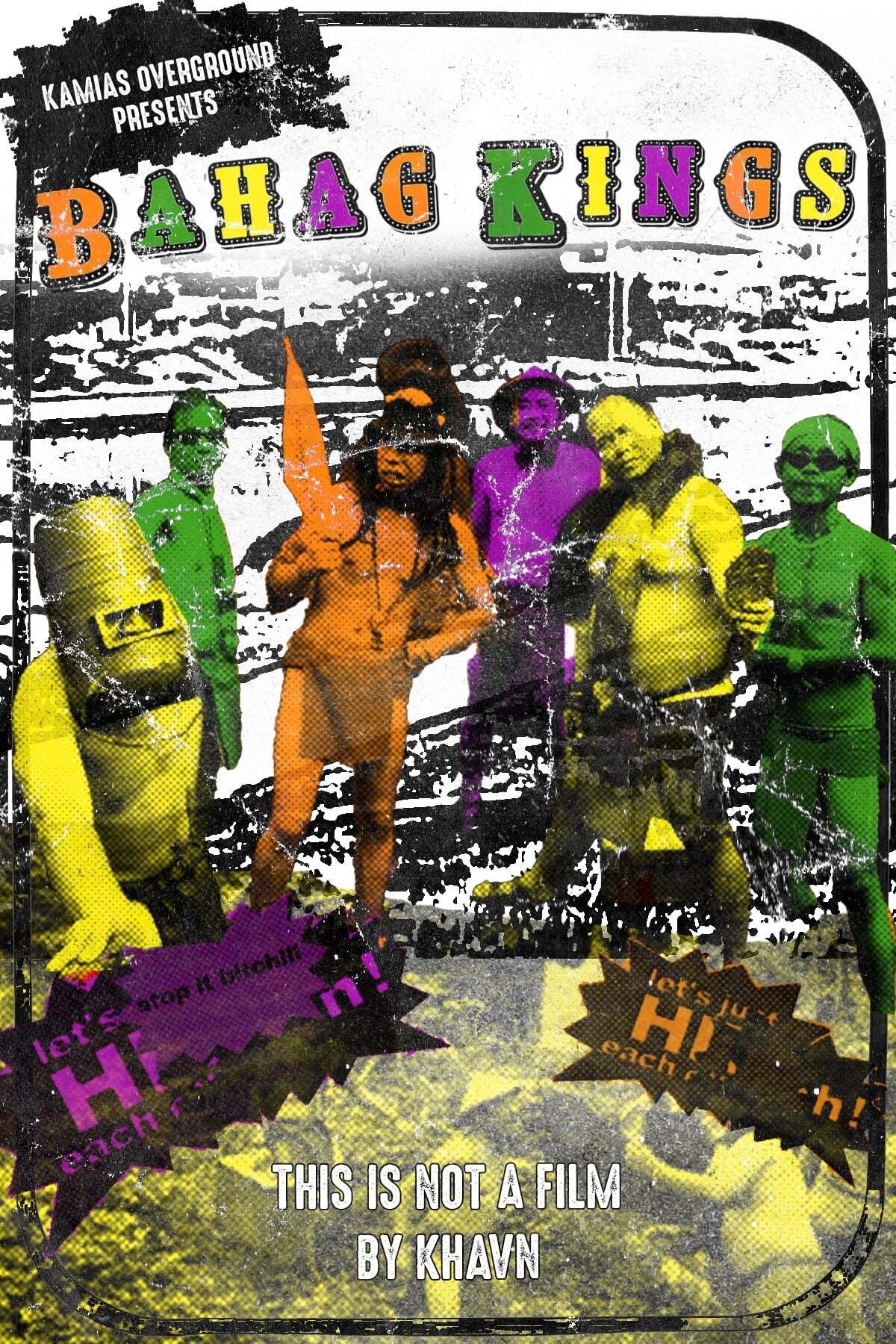
A post-silent film on the travails and camaraderie of King Black, King Red, King Blue, King Yellow, King Green, King Purple, & King Orange, the seven rainbow [bahag-hari] kings [hari] of ethnic g-string [bahag] descent. Bouncing in their kombi van, from nature’s forest to the city’s jungle, the Bahag Kings descend from being noble rulers to village idiots as they search high & low for the missing “Wala” [Nothing]. And see how they handled a true-to-life police arrest.
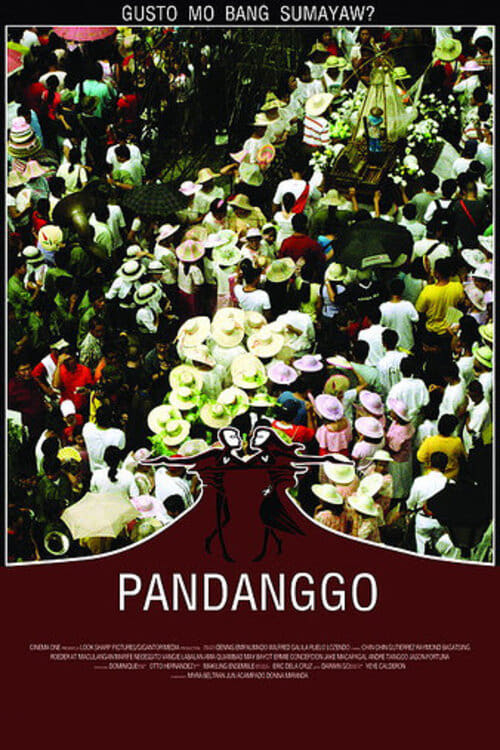
Pandanggo has three stories with parallel themes converging in one event, the Kasilonawan Festival in Obando: a career woman learning to dance tango who is torn between her dance partner and live-in partner has to choose the man who will satisfy her dream of raising a family; a wife whose wish to conceive a baby boy to make her husband happy brings her feet to the festival, but fate has other plans of bringing the child into her life; and a modern woman who, amidst her medical condition that might render her childless for the rest of her life, finds connection with an ancient lore about fertility.
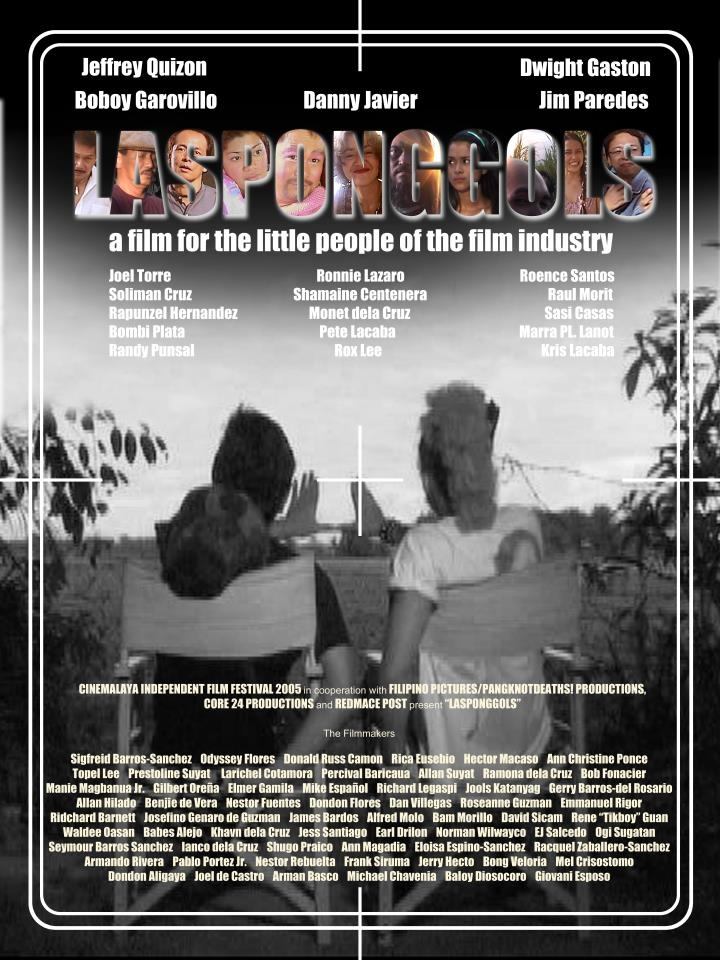
A black comedy film, which focuses on two film workers, Raffy, the clapper, and Dido, a utility boy. Both share the same dream: to direct their own films someday. Their lives as mere "small production people" took a different turn when, together with the people in the unit van they were riding,had an encounter with armed men. Their co-workers were killed, and the two of them were forced to drive the unit van out of fear until it ran out of gas. The van contains equipment for movie production like cameras, lights and film stocks. They ended up in a secluded barrio not yet reached by modern technology, and therefore, the townsfolk knew nothing of the movie industry.
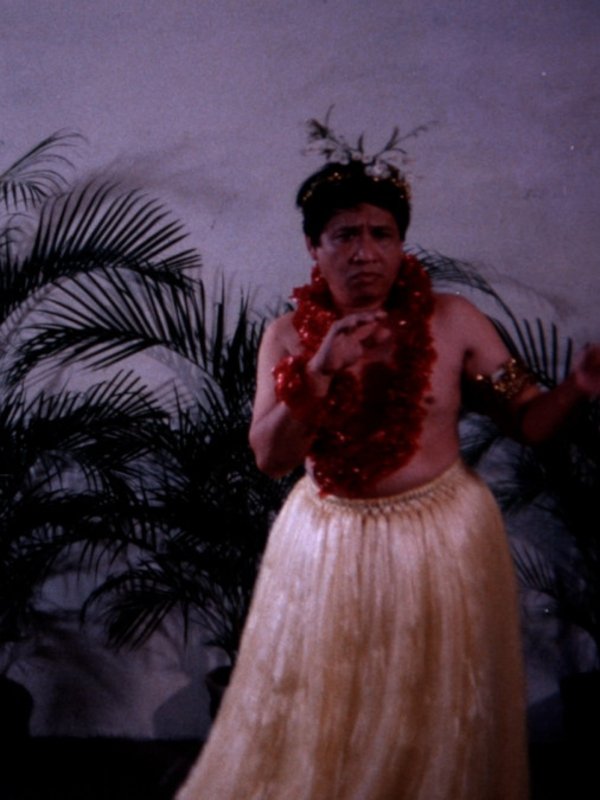
Starting out as a cartoonist for Jingle Magazine, Roxlee became a household name through the widely popular 'Cesar Asar' strip for Manila Bulletin. This film version includes footage from the short film Tito's Wedding, vividly portraying an aimless, idle life set in the small town in the Philippines, interwoven with keen observation on the social-political dilemma of the nation.
By browsing this website, you accept our cookies policy.